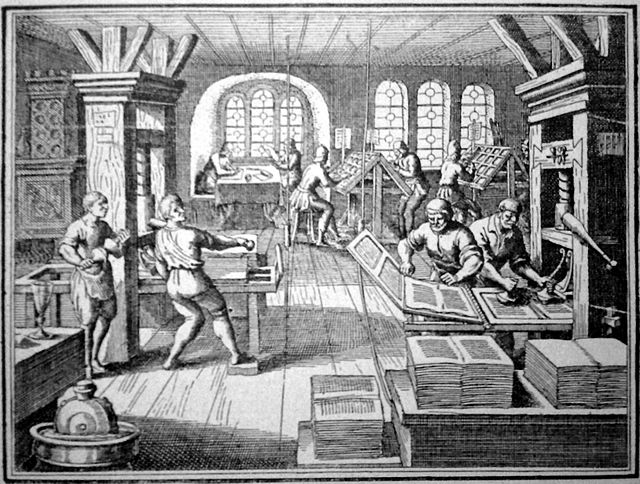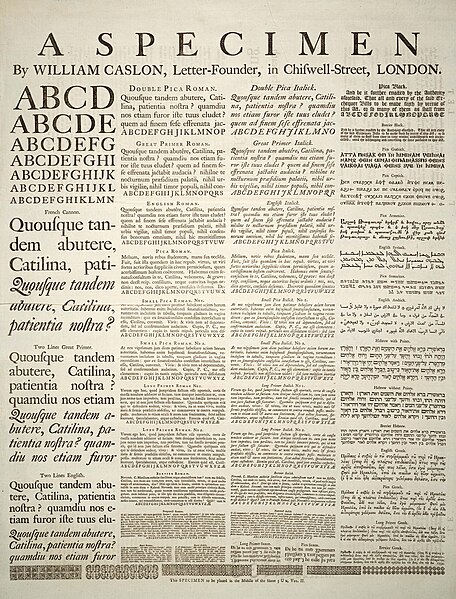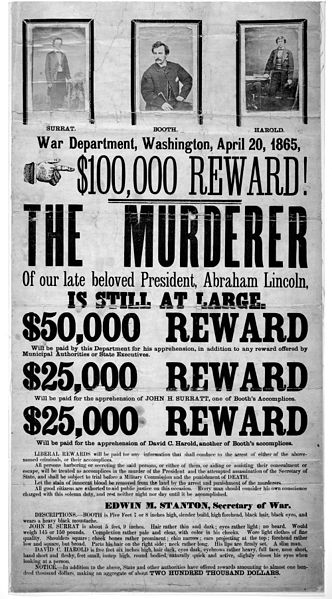Francis Picabia was a French avant-garde painter, writer, filmmaker, magazine publisher, poet, and typographist closely associated with Dada.
Francis Picabia, 1919, inside Danse de Saint-Guy
Francis Picabia, 1912, La Source (The Spring), oil on canvas, 249.6 × 249.3 cm, Museum of Modern Art, New York. Exhibited at the 1912 Salon d'Automne, Paris
Francis Picabia, c. 1909, Caoutchouc, Centre Pompidou, Musée National d'Art Moderne
Salon d'Automne, Grand Palais des Champs-Élysées, Paris, Salle XI, between 1 October and 8 November 1912. Joseph Csaky (Groupe de femmes, sculpture front the left); Amedeo Modigliani (sculptures behind that of Csaky); paintings by František Kupka (Amorpha, Fugue in Two Colors); Francis Picabia (The Spring); Jean Metzinger (Dancer in a café); and Henri Le Fauconnier (Mountaineers Attacked by Bears)
Typography is the art and technique of arranging type to make written language legible, readable and appealing when displayed. The arrangement of type involves selecting typefaces, point sizes, line lengths, line spacing, letter spacing, and spaces between pairs of letters. The term typography is also applied to the style, arrangement, and appearance of the letters, numbers, and symbols created by the process. Type design is a closely related craft, sometimes considered part of typography; most typographers do not design typefaces, and some type designers do not consider themselves typographers. Typography also may be used as an ornamental and decorative device, unrelated to the communication of information.
Movable type being assembled on a composing stick using pieces that are stored in the type case shown below it
A sixteenth century workshop in Germany showing a printing press and many of the activities involved in the process of printing
A specimen sheet by William Caslon shows printed examples of Roman typefaces.
Nineteenth century wanted poster for John Wilkes Booth (the assassin of U.S. President Abraham Lincoln) printed with lead and woodcut type, and incorporating photography








